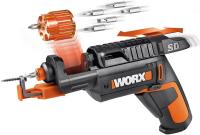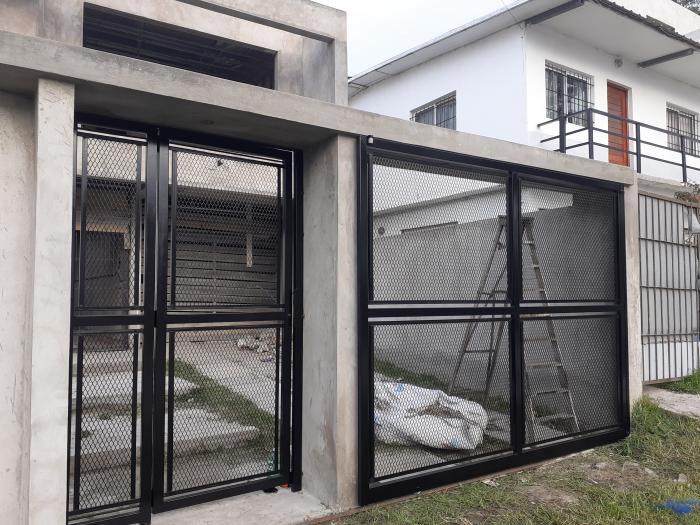


The discovery was made in the village of Urchfont, where a metal detectorist stumbled upon a tanged chisel in February. Recognizing its importance, the finder reported it to local authorities, leading to a full excavation. Archaeologists uncovered a collection of copper alloy tools, including fragments of sheeting, a hacksaw blade, a looped palstave axe, and even decorated copper alloy vessels.
Among the most significant items was a small silver-colored anvil, a rare artifact that suggests the owner was a skilled craftsman, possibly a goldsmith. This contrasts with the more common role of blacksmiths, highlighting a focus on intricate metalwork and fine designs.
The hoard, dating back to 1650-900 B.C., was carefully excavated and transported to the British Museum for analysis. The presence of a pouring basin with sprues further supports the idea that the tools belonged to a metalworker specializing in casting and shaping metals. Organic materials preserved in the soil also provide additional context about the hoard’s environment.
This discovery not only enriches our understanding of ancient metalworking techniques but also highlights the sophistication of Bronze Age artisans. The Wiltshire Museum has expressed interest in acquiring the hoard, ensuring its preservation and study for future generations.
The tools and artifacts found in Wiltshire offer a rare glimpse into the lives of ancient craftsmen. This discovery underscores the importance of preserving historical finds and celebrating the ingenuity of early metalworkers who laid the foundation for modern metallurgy.





They are already part of the Job Board



